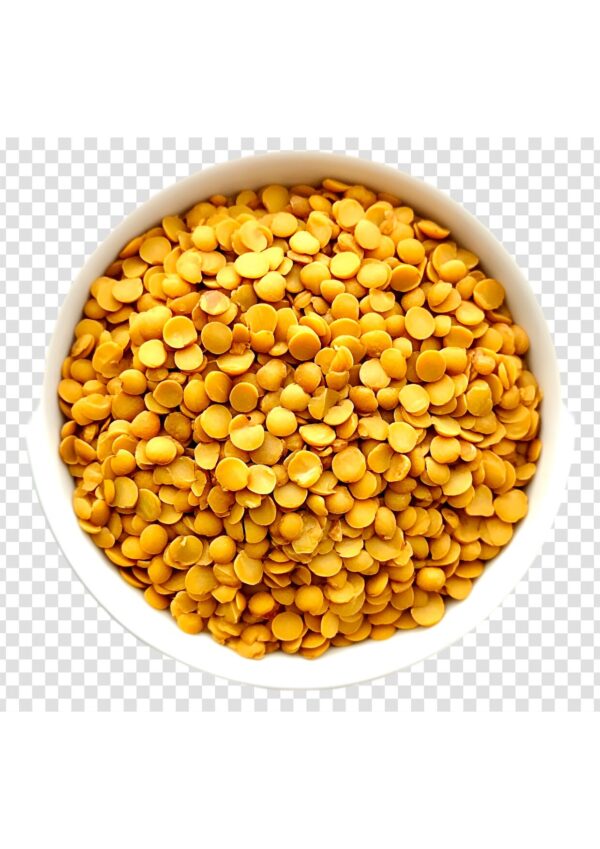Support: +0413 490 1050

Pigeon pea/Arhar/Tur
Pigeon pea is one of the most popular tropical and subtropical legumes. It is fast-growing and known for its drought resistance. The pigeon pea exporters in India export tonnes of pigeon peas each year to various countries. Pigeon peas are widely used in cuisines around the world, including India and Indonesia. As a result, the export of pigeon pea from India has been steadily increasing. Apart from human consumption, pigeon peas are also used for animal feed, contributing to the growing demand. Due to these multiple uses, Indian pigeon pea exporters are earning good profits. The export includes many different varieties of pigeon peas cultivated across the country.
Pigeon Pea Varieties We Export
Pigeon pea imports from India include various popular varieties of pigeon peas. The arhar exporters in India ship varieties such as UPAS-120, ICPL 87, Pusa Ageti, and several others to international markets. UPAS-120, developed at Pantnagar, is an extra early maturing variety featuring medium tall, open, semi-spreading plants. The pods are typically yellow with red streaks, and the seeds are small and light brown in color.
Pant A3 is a semi-erect, determinate, dwarf-sized variety that matures in around 120 to 130 days after transplanting, with each pod containing 3 to 4 seeds. ICPL 87, also known as Pragati, is a short-duration, wilt-tolerant, and high-yielding variety suitable for both single and multiple harvest systems. It was released in the peninsular zone of India in 1986 and developed by pedigree selection.
Pusa Ageti is a dwarf, compact, determinate variety with bold seeds and a pod potential of 4 to 5 seeds. It matures in 150 to 160 days and yields around 2.5 tons per hectare. The Pusa 84 variety typically has medium tall, semi-spreading plants with brown seeds and matures in 140 to 150 days. HY 3A features erect, tall plants with green stems and white, bold seeds; it matures in 160 to 170 days and yields approximately 1.6 to 2.0 tons per hectare.
Gwalior 3 is a late-maturing variety with tall, bushy plants and greenish-red stems, producing medium-sized, light brown grains. Laxmi is a perennial, semi-spreading variety tolerant to wilt, with a yield potential of about 2 tons per hectare. Lastly, BDN 1 is moderately resistant to wilt and sterility mosaic, released for cultivation in Western Maharashtra and Marathwada regions with low rainfall and light to medium soils. It matures in about 150 to 155 days.
INGREDIENTS
| Nutrients | Calories - 343 calories, Dietary Fiber - 15 g, Fat - 1.5g, Carbohydrate 63 g |
| Protein | 22g |
| Minerals | Thiamin, Magnesium, Phosphorus, Potassium, Copper, Manganese |





